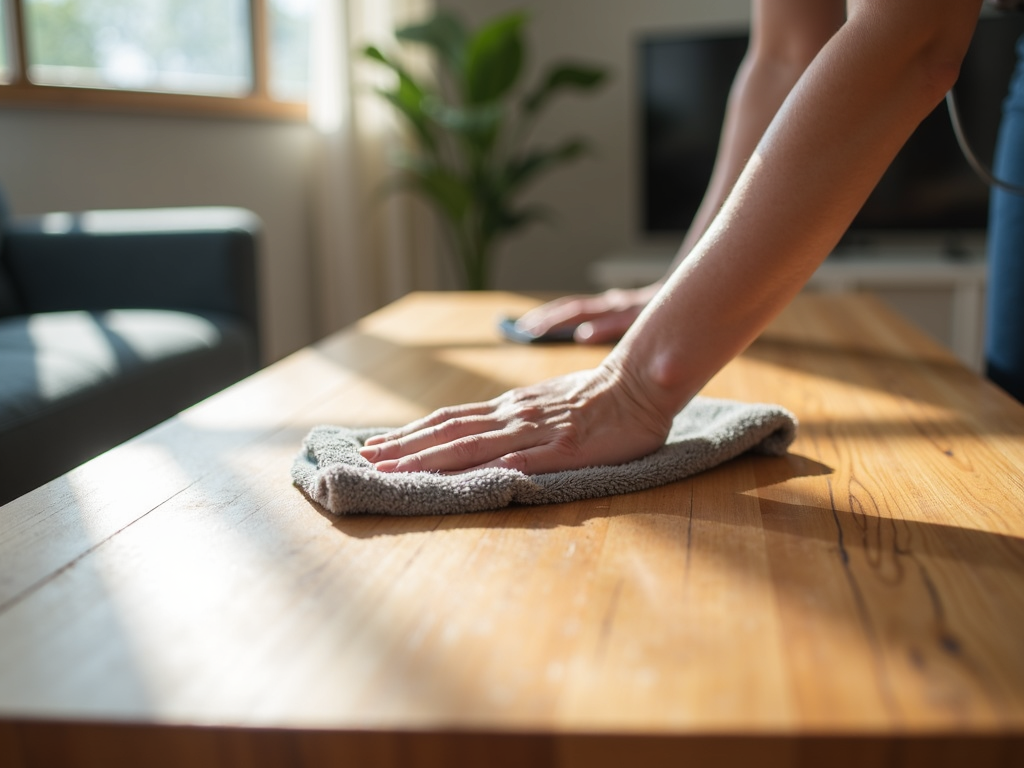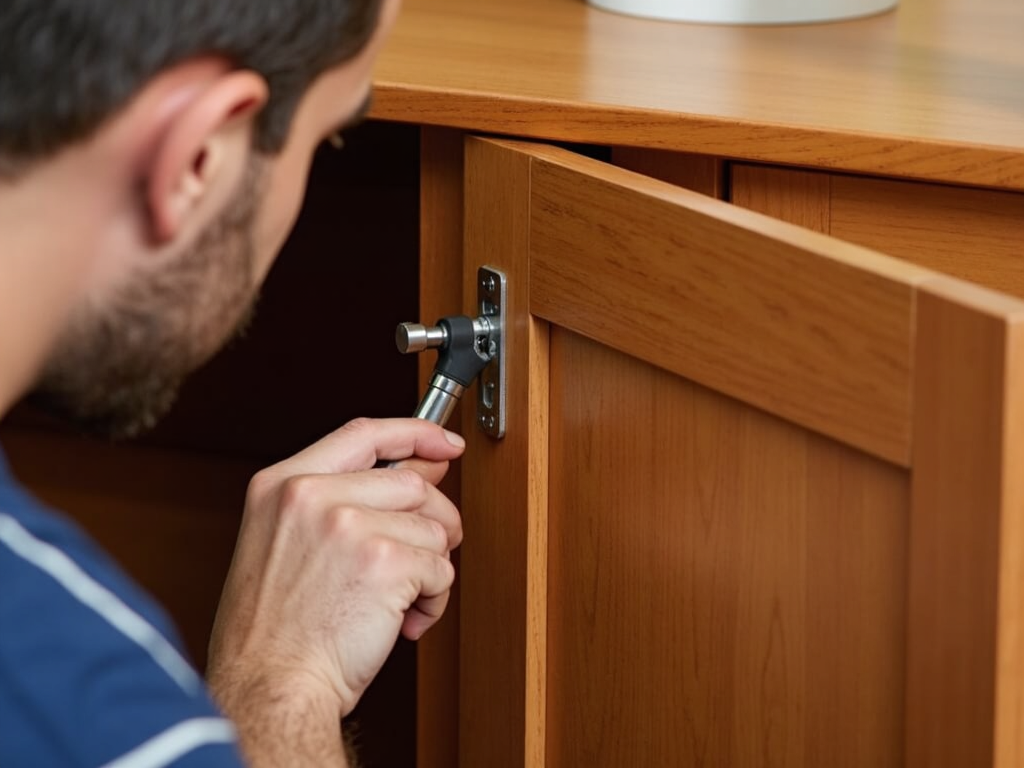Featured Post
The Ultimate Guide to Furniture Care and Maintenance: Keep Your Pieces Looking New
Overview
Imagine walking into your living room and seeing your favorite armchair looking as pristine as the day you bought it. With the right care and maintenance, this can be your reality. In this guide, we'll share the secrets to keeping your furniture in top condition, from everyday dusting to tackling tough stains. Whether you have a cherished antique or a brand-new sofa, these tips will help you protect your investment and keep your home looking its best.

Daily Care
Your furniture faces daily challenges: dust, spills, and general wear and tear. But with a few simple habits, you can keep it looking fresh.
-
Dusting: Use a microfiber cloth to gently remove dust from surfaces. Microfiber is better than regular dusters because it traps dust particles instead of just moving them around. I once neglected to dust my bookshelves for weeks, and the dust buildup was so bad that it took hours to clean. Don't make the same mistake!
-
Vacuuming: For upholstered pieces, a quick vacuum with a handheld attachment can remove crumbs and pet hair. This is especially important if you have pets or kids. Make sure to get into the crevices where dirt likes to hide.
-
Wiping Down: For hard surfaces like wood or metal, a damp cloth can remove fingerprints and smudges. Just be sure to dry the surface afterward to prevent water damage. For glass tabletops, use a glass cleaner for a streak-free shine.

Cleaning Methods for Different Furniture Types
Here's a quick reference table for caring for various types of furniture:
| Furniture Type | Daily Care | Weekly Maintenance | Monthly Deep Cleaning |
|---|---|---|---|
| Wood | Dusting with microfiber cloth | Polishing with wood polish | Applying wood oil or wax |
| Upholstery | Vacuuming with handheld attachment | Spot cleaning stains | Steam cleaning |
| Leather | Wiping with damp cloth | Conditioning with leather conditioner | Deep cleaning with leather cleaner |
| Metal | Wiping with damp cloth | Polishing with metal polish | Inspecting for rust or corrosion |
| Glass | Wiping with glass cleaner | Checking for streaks | Polishing with microfiber cloth |
Weekly Maintenance
Once a week, take a little extra time to care for your furniture.
-
Polishing Wood: Use a high-quality wood polish to nourish and protect wooden surfaces. Apply it with a soft cloth, following the grain of the wood. There are different types of polishes, such as wax-based or oil-based; choose one that's suitable for your furniture's finish. My grandmother taught me this trick, and her antique dining table still looks amazing after decades.
-
Conditioning Leather: Leather furniture needs regular conditioning to prevent cracking. Use a leather conditioner and apply it evenly. This will keep the leather supple and looking new. Be sure to test the conditioner on a small, inconspicuous area first.
-
Checking for Issues: Look for loose screws, wobbly legs, or other signs of wear. Tighten screws and make minor repairs as needed. Catching problems early can prevent bigger issues down the line. For example, a loose screw on a bar stool can lead to instability and potential accidents.

Monthly Deep Cleaning
Every month, give your furniture a more thorough cleaning.
-
Steam Cleaning Upholstery: For fabric furniture, steam cleaning can remove deep-seated dirt and stains. Be sure to follow the manufacturer's instructions. I once spilled red wine on my white couch, and steam cleaning saved the day! If you're not comfortable doing it yourself, consider hiring a professional.
-
Treating Wood: Apply a wood oil or wax to nourish the wood and protect it from moisture. This is especially important in dry climates or during winter when indoor heating can dry out the air. Choose a product that's appropriate for your wood type.
-
Inspecting for Damage: Look for signs of pests, such as termites, or other damage like scratches or dents. Address any issues promptly. If you find termite damage, it's best to call a pest control expert immediately.

Seasonal Care
Every few months, take these steps to keep your furniture in top shape.
-
Rotating Cushions: Flip and rotate cushions to ensure even wear. This can extend the life of your upholstery and keep it looking uniform.
-
Applying Protective Coatings: For outdoor furniture, apply a protective coating to guard against the elements. This can prevent fading, rust, and weather damage. Make sure to clean the furniture thoroughly before applying the coating.
-
Storing Properly: If you have outdoor furniture, store it properly during the off-season to prevent damage. Use covers or bring it indoors if possible. For indoor furniture, consider rearranging pieces occasionally to prevent uneven wear from sunlight or foot traffic.

Summary
Regular care and maintenance are key to keeping your furniture looking its best. By incorporating these tips into your routine, you can protect your investment and enjoy your pieces for years to come. Remember, a little effort goes a long way in preserving the beauty and functionality of your furniture. Whether it's a cherished family heirloom or a trendy new bar stool, every piece deserves proper care.









